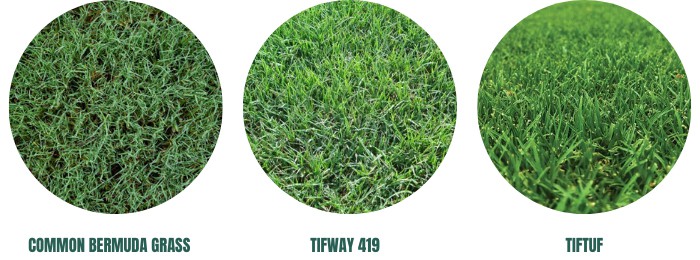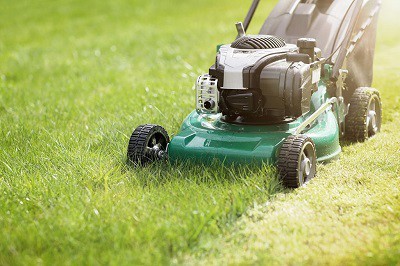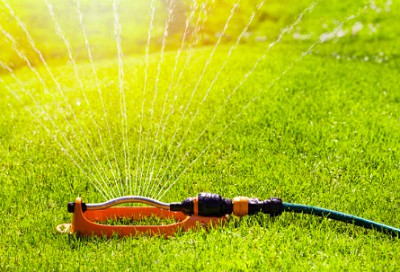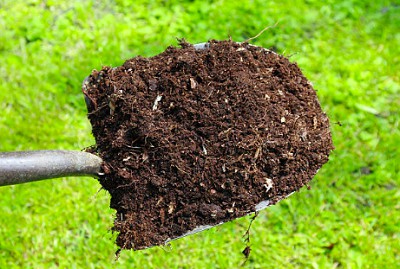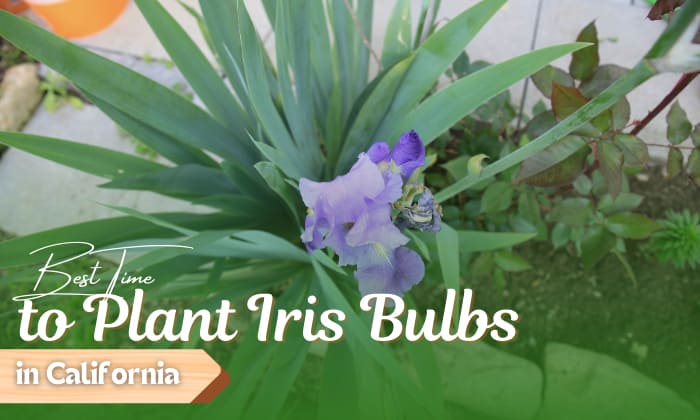Well-adapted and versatile, it is no surprise that Bermuda grass is popular among Texas homeowners. This hardy turfgrass is a warm-season variety, which means that it is compatible with the usual hot weather in the state.
If you are planning to have Bermuda grass in your lawn, it is crucial to learn when to plant Bermuda grass seed in Texas to ensure successful growth.
Planting Bermuda grass in Texas is usually done in May to mid-June as the warm temperature encourages seed germination. This also gives the grass ample time to establish its roots before the cold temperatures set in. On the other hand, sprigging Bermuda grass can be done from early March to August.
Table of Contents
Best Time to Plant Bermuda Grass Seed in Texas
The growing season for Bermuda grass in Texas is typically from late spring to early summer1, from May to mid-June, when the temperatures are consistently between 70 and 95 degrees Fahrenheit.
However, since Texas has a varying climate, with the eastern region being more humid than the western areas, you must consider your location when deciding when to plant Bermuda grass. In general, here are the best times to plant Bermuda grass per region:
- In North Texas – planting can be started from May up to mid-June
- In South Texas – you can plan your gardening from mid-April to early June.
- In East Texas – May up to mid-June is the best planting months for East Texas residents
- In West Texas – Bermuda grass can be planted from mid to late spring, from around April to May.
Apart from propagating through seeds, Bermuda grass can also be grown from sprigs and sod, and here are the best planting seasons for each:
- Seeds – late spring up to early summer is the best time to seed Bermuda grass, as the temperatures during this time facilitate germination. This would fall in the months of May up to mid-June.
- Sprigs –Bermuda grass sprigs can be planted anytime from March to August. The temperatures within these months are consistently above 65℉, allowing the sprigs to develop roots.
- Sod – the best time to lay Bermuda sod is during spring (March to May), late summer (August), and fall (September to November).
Best Types of Bermuda Seed to Plant in Texas
There are numerous types of Bermuda grass in Texas, but here are the most popularly grown varieties:
- Common Bermuda grass is a coarse-textured variety that does not require much lawn maintenance compared to other varieties. It can be grown from seed, sprig, or sod.
- Tifway 419 is a hybrid variety of Bermuda grass. It produces dense turf and high-quality lawns but requires more maintenance than the coarse-textured variety. This cultivar can be grown from sprigs, plugs, or sod.
- Tiftuf is a shade-tolerant variety that also does well with drought and heavy foot traffic. It can be propagated through sprigs and sod.
Other common cultivars in Texas include Texturf10, Celebration, Discovery, Tifway II, and Tisport.
Tips for Planting Bermuda Grass Seed in Texas
While versatile and hardy, Bermuda grass maintenance still has to be done properly to ensure a lush and thriving turf.
To help you get an idea of how to take care of your lawn, here’s a brief Bermuda grass calendar Texas.
| Jan | Feb | Mar | Apr | May | Jun | Jul | Aug | Sep | Oct | Nov | Dec | |
| Mowing | Only mow if there are too many weeds | Mow 1-2 inches per week | Only mow if there are too many weeds | |||||||||
| Watering schedule Texas | Refrain from irrigating | Irrigation audit | Only irrigate when the grass shows signs of drought stress | Refrain from irrigating | ||||||||
| Fertilizing | Don’t fertilize | Soil test | Fertilize according to the soil test’s results | Don’t fertilize | ||||||||
1. Selection
When selecting the variety of Bermuda grass, buy them from certified sources, such as your local garden center or agriculture department, to ensure the correct variety and high germination rate.
It’s best to select the variety that tolerates the weather in your location and planting site.
2. Soil Preparation and Mowing
Plant Bermuda grass in deep, well-draining, non-compacted soil. Tilling before planting allows good aeration and water flow within the soil.
Once the grass begins to turn green in spring, they are ready for mowing. Mow at 1 to 2 inches for common varieties and ½ to 1 ½ inches for hybrid varieties.
You have to be careful, though, as removing more than a third of the grass can make it less tolerant to stress.
3. Watering
Water the soil deeply, but irrigate only when the grass needs it and is already showing signs of drought stress, such as dull, bluish color and rolled or folded leaves.
4. Fertilizing
Once the grass turns green, you may begin fertilizing. The type and amount of nutrients depend on the quality of soil you have, and this can be determined through soil testing.
However, if your soil was not tested, it is recommended to use a complete fertilizer with 3-1-2 NPK ratio. Consulting a Bermuda grass fertilizer schedule for Texas specific to your area and type of soil is recommended.
5. Overseeding
You can start to overseed Bermuda in Texas when your lawn is thinning out, and you want to cover the bare spots and maintain a lush lawn during the dormant season. This activity is best done in the spring, as warm temperatures help speed up seed germination.
Conclusion
Bermuda grass is a top choice among Texas homeowners as it is a versatile breed and is tolerant of high temperatures and heavy foot traffic. Bermuda grass care is relatively simple and can be done by those with little to no experience.
However, a crucial step is knowing when to plant Bermuda grass seed in Texas to ensure a high percentage of seed germination and a lush, healthy lawn.
Related: Best Time to Plant Bermuda Grass in Georgia

Hi, I am William – Floridayards’ digital content creator. My job is to find answers to all your concerns with thorough research and our team’s expert advice. I will also bring you honest reviews on the best products and equipment for raising your beautiful garden. Please look forward to our work!




